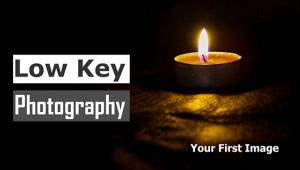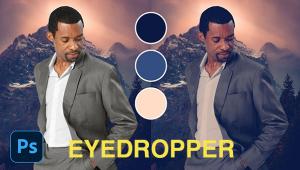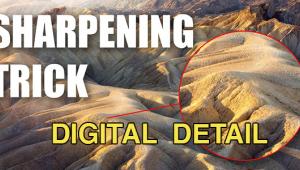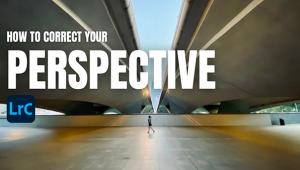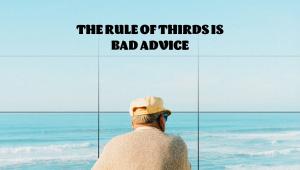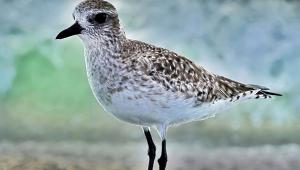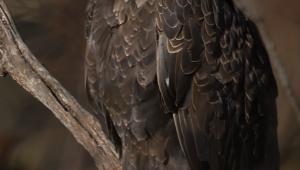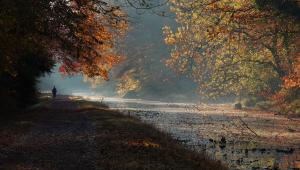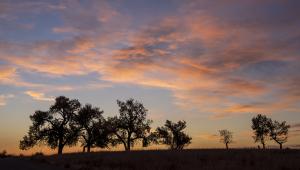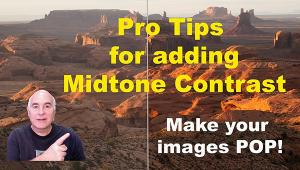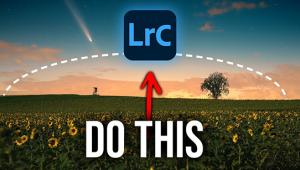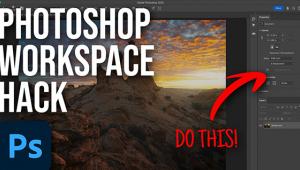Last year, my brother had transported his new car to California by consulting to a car transport California(http://www.wewilltransportit.com/) services who had taken the responsibility of transporting his car by carrying it safely. But, still, to avoid any inconvenience with his car transport, he had taken pictures of his car after and before transporting.
Take Great Auto Pictures
Whether you're the proud owner of some hot new wheels, or enjoy shooting pictures at car shows, there are a few tips to keep in mind which will make your photography easier and more fun.
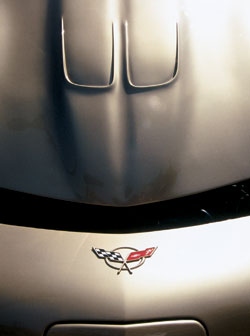 |
|
|
It's important to keep your camera angle in mind when photographing cars. Most people tend to shoot subjects from eye level when they're standing, which makes for mediocre images. If you're at a car show, you may not have much room to move around, so it's a good idea to get close to the vehicle. This will eliminate distractions in your photos, which occurs when you stand back and try to take in too much through the viewfinder (another very common mistake). Instead, try shooting from a low or high angle for an interesting perspective and to simplify your compositions.
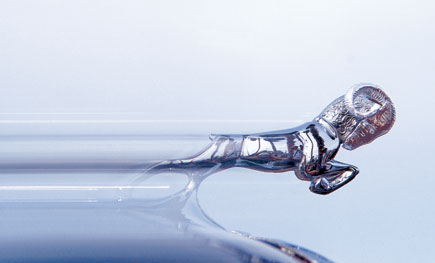 |
|
|
Some professional photographers use tall stepladders to shoot down on vehicles, but even a crate or a kitchen stepstool will put you above eye level. A low angle can also be very dramatic. Try getting down to the level of the car's grill, or even lying on the ground and shooting up slightly. If your point-and-shoot has a zoom lens, you can get some dramatic, somewhat distorted images by using the wide-angle setting and shooting close to the car. If you're at a low enough angle, you can include blue sky or foliage behind the vehicle. A wide-angle lens is also helpful when you want to stand back and encompass a group of cars; just make sure to avoid getting a cluttered composition.
A telephoto lens is a great tool for isolating details. Once you've photographed an entire car, use your zoom lens on its telephoto setting (and/or get close to your subject) to shoot the hood ornament alone, or perhaps the shape of the bumper and a headlight. Have fun composing abstracts by honing in designs, shapes or colors.
Choose your backgrounds carefully. You can try isolating your subject against a blurred backdrop with your lens on its telephoto setting. Or find a background that enhances the car you're photographing, such as an SUV in the midst of a rugged outdoor setting. Just make sure the background won't compete for attention with your primary subject, the vehicle.
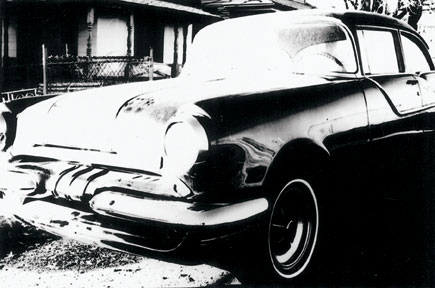 |
|
|
Just as with other photo subjects, lighting is important. An overcast day, and early morning/late afternoon illumination is best. The midday sun can produce harsh shadows and wash out colors. Indirect sunlight and open shade offer soft, even illumination. The next time you're photographing cars on a partly sunny day, compare pictures by shooting one in full sunlight, and then wait for a cloud to obstruct the sun and photograph your subject again.
- Log in or register to post comments




